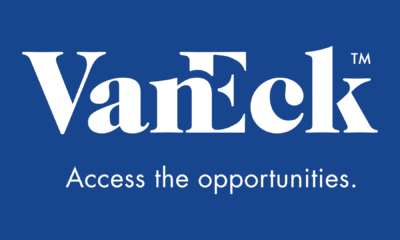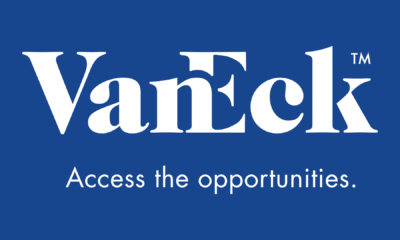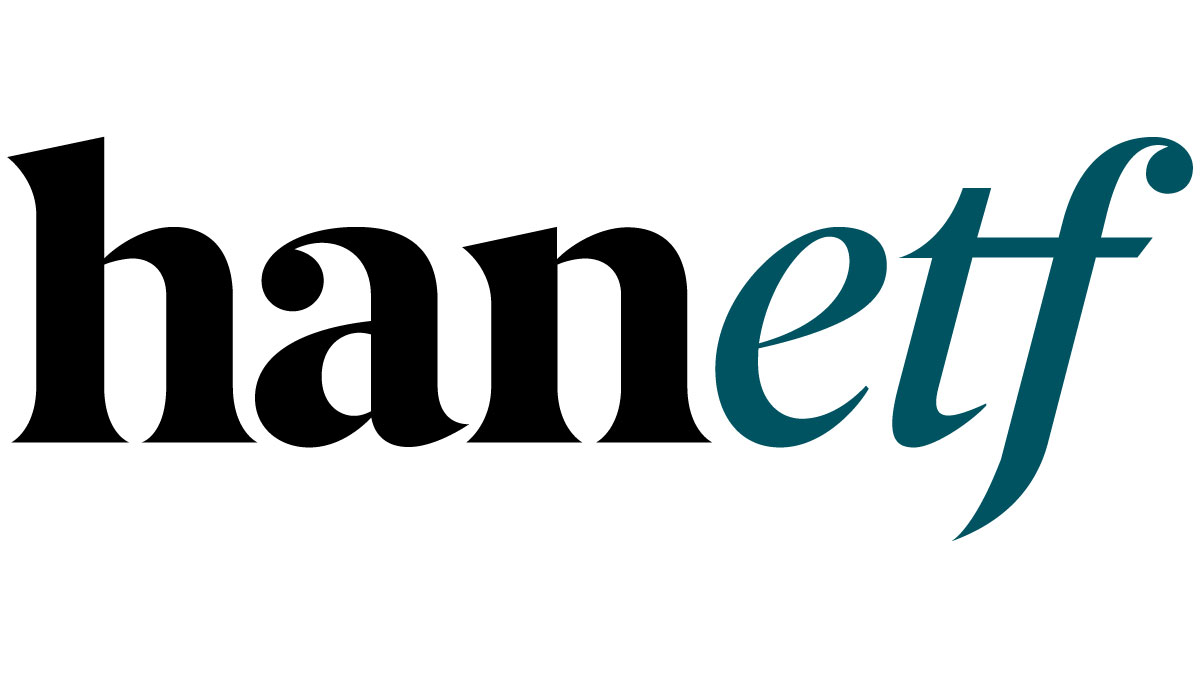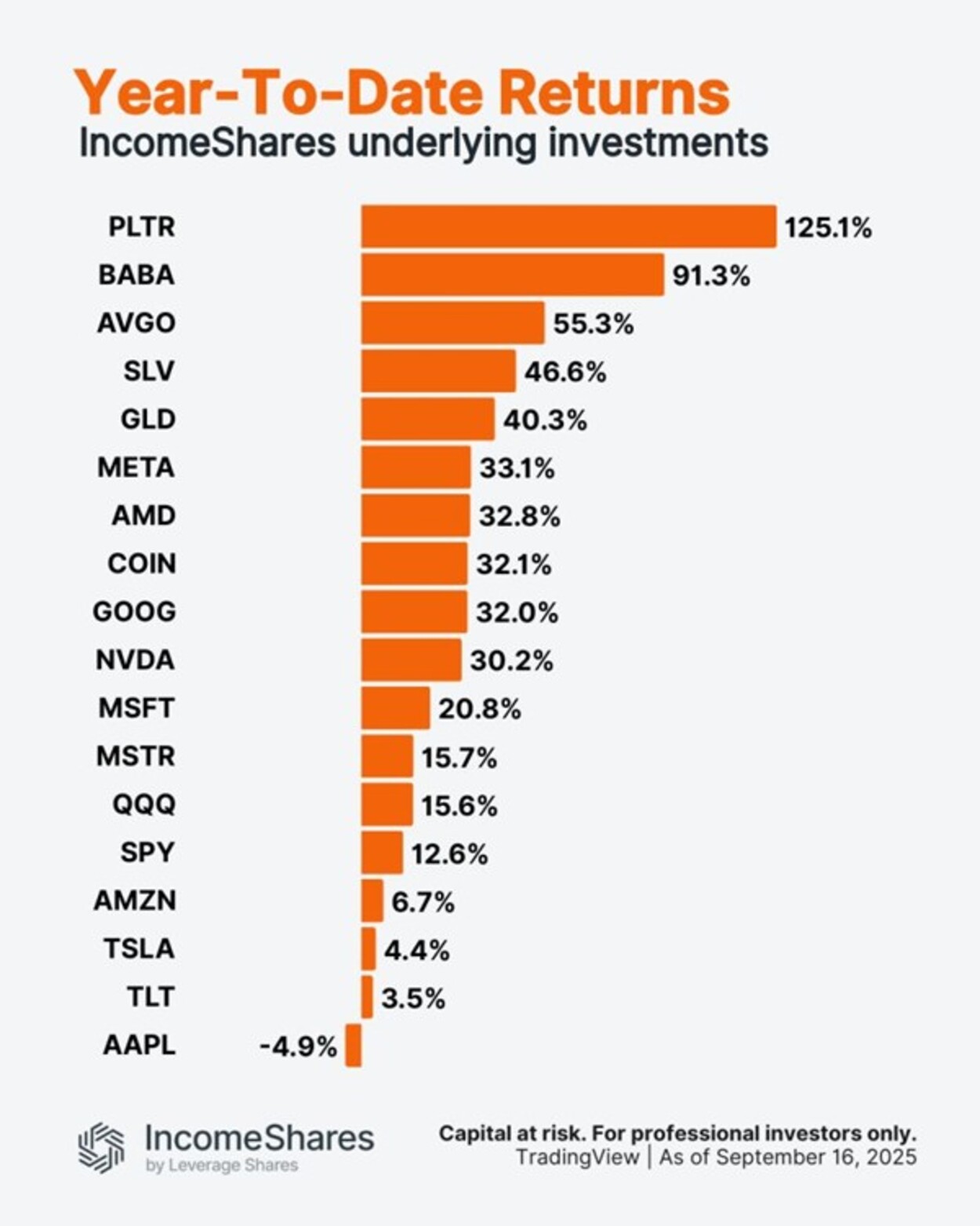Market Review – Gold Consolidates Amid Late Summer Doldrums. The late summer period of August into September is shaping up to be a period of consolidation for gold markets. This follows the strong 28.5% year-to-date gain in the gold price as of July 6, which represented a two-year high. Gold equities reached a new three-year high on August 12 having climbed 127.6%, as measured by the NYSE Gold Miners Index1 (GDMNTR). In late August, however, the gold sector cooled off, and gold prices declined $42.03 per ounce (3.1%) for the month, while the GDMNTR fell 16.2% and the MVIS™ Global Junior Gold Miners Index2 (MVGDXJTR) declined 15.9%.
The summer doldrums came late this year for gold and gold stocks. Now that the U.K. Brexit decision is old news, the markets are again obsessed with the Federal Reserve’s (the “Fed”) shifting stance on rate decisions. Although the Fed’s tone had been dovish on rate increases following the August 18 release of the Federal Open Market Committee (FOMC) minutes from its July 27 meeting, sentiment changed markedly just a week later following the Federal Reserve Bank of Kansas City’s annual symposium in Jackson Hole on August 26. The selling pressure actually started on August 24 ahead of the Jackson Hole meeting, when unusually heavy selling occurred in the gold futures market. We continue to be amazed (in a negative way) at the inconsistent shifts in the Fed’s guidance, its lack of leadership, and the damage this uncertainty must be causing to the economy. A speech by Federal Reserve Chairwoman Janet Yellen, followed by comments in the press by Vice Chairman Stanley Fischer, convinced the markets that a rate increase is now possible at the next Fed meeting on September 21. As a result, the U.S. dollar strengthened while gold, and especially gold shares, took a tumble.
Market Outlook
The Fed is now indicating that it might tighten monetary conditions with a rate increase either in September or in December after the upcoming presidential election. This is a questionable policy stance when GDP growth in the most recent quarter was just 1.1%, industry capacity utilization is low at just under 76%, worker productivity is in decline, and the last time the yield curve (2- to 10-year U.S. Treasuries) was this flat was in 2007. The jobless rate at 4.9% indicates near full employment, yet inflation remains subdued. The Fed has probably never tightened rates in past cycles with indicators so weak. In fact, at this point in the business cycle, a more normal stance would be to hold steady, looking ahead to a time when it might cut rates. Because of this, we believe any decision to raise rates in 2016 will ultimately be viewed as a misstep that increases financial and economic risks, and this will be to gold’s benefit.
In the meantime, however, the anticipation of a rate increase and any attendant U.S. dollar strength could cause gold to struggle. David Rosenberg of Gluskin Sheff3 characterizes this anticipated rate increase as the fourth scare of the cycle. The first was the “taper tantrum” in 2013, next came the end of quantitative easing (QE) in 2014, and then lastly, the actual interest rate increase in December 2015. Each of these episodes lasted no more than a few months with volatility and downward pressure on stocks, bonds, commodities, and emerging markets.
Another aspect of Janet Yellen’s Jackson Hole speech furthered our conviction for strong gold prices in the long term. She describes all of the unconventional monetary policies implemented since the financial crisis (e.g., zero rates, QE, etc.) as components of the Fed’s “toolkit”. Perhaps she is a fan of the 1974 Doobie Brothers classic song “What Were Once Vices are Now Habits”. These once radical monetary tools are now considered conventional, and she plans to use them in the future if deemed necessary. She also suggested the Fed may follow the examples set forth by the European Central Bank, Swiss National Bank, Bank of England, and Bank of Japan by purchasing corporate debt and/or equities as part of stimulus measures. Ms. Yellen virtually guarantees that the policies that we believe are creating asset bubbles, wealth disparities, and other market dislocations will persist indefinitely. If these fail to generate the desired growth, “helicopter money” (printing money to give directly to the Treasury) might be the next experiment. The risks and currency debasement that generally accompany these policies stands to be supportive of the gold price for the foreseeable future.
In the near term, India could lend support to the gold market. Indian gold demand has been very weak this year due mainly to the higher gold price. This suggests there is pent-up demand. A good monsoon season in India leads to a bountiful fall harvest that typically spurs demand ahead of the Diwali Festival in October.
Our June update highlighted a new bull trend in the gold price. The base of that trend is currently around $1,290 per ounce. If this price level holds through September, it would be a further sign of resilience in the gold market. A lower gold price, while disappointing, would indicate a new trendline with a lower trajectory. In the longer term, we regard the recent Fed machinations as just a bump in the road of a new bull market for gold.
The table below looks at the previous six bull markets since the U.S. terminated the direct link between the U.S. dollar and gold in 1971. The table shows the bull market of the 1970s as two phases, separated by a mid-cycle correction in 1975. The bull market of the 2000s is also shown as two phases, separated by the 2008 financial crash. The bull markets are further classified as either secular (long-term) or cyclical (bull phases within an overall bear market).
Click to enlarge
Performance is clearly much higher in secular markets. Across these secular markets, the performance of gold and the Barron’s Gold Mining Index4 (BGMI) are similar except for the 2001 to 2008 market when stocks substantially outperformed gold. We believe the reason stocks performed so well through 2008 is that this was a period of profit margin expansion when cost inflation was subdued for gold miners. In contrast, the ‘70s was a period of double-digit inflation across the entire economy, while 2008 to 2011 was a period of double-digit inflation that was confined to the mining industry. As a results of these periods of cost inflation, margins failed to keep pace with the gold price and stocks failed to outperform gold.
We believe the current market is similar to the 2001 to 2008 period. Mining costs have subsided and there are relatively no significant inflationary pressures. Other mining sectors — coal, tar sands, copper, iron ore — are depressed. We believe higher gold prices will encourage increased mining activity, but the gold sector alone cannot generate cost pressures without increasing activity in other mining sectors. In fact, we would use copper as a barometer of inflationary pressures in the mining business. With copper currently at $2.09 per pound, we would not anticipate inflationary pressures until copper trades above $3.00.
1NYSE Arca Gold Miners Index (GDMNTR) is a modified market capitalization-weighted index comprised of publicly traded companies involved primarily in the mining for gold. 2MVIS Global Junior Gold Miners Index (MVGDXJTR) is a rules-based, modified market capitalization-weighted, float-adjusted index comprised of a global universe of publicly traded small- and medium-capitalization companies that generate at least 50% of their revenues from gold and/or silver mining, hold real property that has the potential to produce at least 50% of the company’s revenue from gold or silver mining when developed, or primarily invest in gold or silver. 3Gluskin Sheff + Associates Inc., a Canadian independent wealth management firm, manages investment portfolios for high net worth investors, including entrepreneurs, professionals, family trusts, private charitable foundations, and estates. 4Barron’s Gold Mining Index (BGMI) is a weekly data series that spans seven decades from 1939 and is the sole survivor of the Barron’s Stock Averages which was published for 50 years (1939 to 1988) for over 20 industrial sectors.
Please note that the information herein represents the opinion of the author and these opinions may change at any time and from time to time.
by Joe Foster, Portfolio Manager and Strategist
With more than 30 years of gold industry experience, Foster began his gold career as a boots on the ground geologist, evaluating mining exploration and development projects. Foster is Portfolio Manager and Strategist for the Gold and Precious Metals strategy.
1In the U.S., the federal funds rate is “the interest rate” at which depository institutions actively trade balances held at the Federal Reserve, called federal funds, with each other, usually overnight, on an uncollateralized basis. Institutions with surplus balances in their accounts lend those balances to institutions in need of larger balances. 2The correlation coefficient is a measure that determines the degree to which two variables’ movements are associated and will vary from -1.0 to 1.0. -1.0 indicates perfect negative correlation, and 1.0 indicates perfect positive correlation. 3U.S. Dollar Index (DXY) indicates the general international value of the U.S. dollar. The DXY does this by averaging the exchange rates between the U.S. dollar and six major world currencies: Euro, Japanese yen, Pound sterling, Canadian dollar, Swedish kroner, and Swiss franc. 4The ISM Manufacturing Index is an index based on surveys of more than 300 manufacturing firms by the Institute of Supply Management. The ISM Manufacturing Index monitors employment, production inventories, new orders and supplier deliveries. 5A survey of consumer confidence conducted by the University of Michigan. The Michigan Consumer Sentiment Index (MCSI) uses telephone surveys to gather information on consumer expectations regarding the overall economy. 6The U.S. consumer confidence index (CCI) is an indicator designed to measure consumer confidence, which is defined as the degree of optimism on the state of the economy that consumers are expressing through their activities of savings and spending. 7NYSE Arca Gold Miners Index (GDMNTR) is a modified market capitalization-weighted index comprised of publicly traded companies involved primarily in the mining for gold. 8MVIS Global Junior Gold Miners Index (MVGDXJTR) is a rules-based, modified market capitalization-weighted, float-adjusted index comprised of a global universe of publicly traded small-and medium-capitalization companies that generate at least 50% of their revenues from gold and/or silver mining, hold real property that has the potential to produce at least 50% of the company’s revenue from gold or silver mining when developed, or primarily invest in gold or silver.
Please note that the information herein represents the opinion of the author and these opinions may change at any time and from time to time.
Important Information For Foreign Investors
This document does not constitute an offering or invitation to invest or acquire financial instruments. The use of this material is for general information purposes.
Please note that Van Eck Securities Corporation offers actively managed and passively managed investment products that invest in the asset class(es) included in this material. Gold investments can be significantly affected by international economic, monetary and political developments. Gold equities may decline in value due to developments specific to the gold industry, and are subject to interest rate risk and market risk. Investments in foreign securities involve risks related to adverse political and economic developments unique to a country or a region, currency fluctuations or controls, and the possibility of arbitrary action by foreign governments, including the takeover of property without adequate compensation or imposition of prohibitive taxation.
Please note that Joe Foster is the Portfolio Manager of an actively managed gold strategy.
Any indices listed are unmanaged indices and include the reinvestment of all dividends, but do not reflect the payment of transaction costs, advisory fees or expenses that are associated with an investment in the Fund. An index’s performance is not illustrative of the Fund’s performance. Indices are not securities in which investments can be made.
1U.S. Dollar Index (DXY) indicates the general international value of the U.S. dollar. The DXY does this by averaging the exchange rates between the U.S. dollar and six major world currencies: Euro, Japanese yen, Pound sterling, Canadian dollar, Swedish kroner, and Swiss franc. 2NYSE Arca Gold Miners Index (GDMNTR) is a modified market capitalization-weighted index comprised of publicly traded companies involved primarily in the mining for gold. 3MVIS Global Junior Gold Miners Index (MVGDXJTR) is a rules-based, modified market capitalization-weighted, float-adjusted index comprised of a global universe of publicly traded small- and medium-capitalization companies that generate at least 50% of their revenues from gold and/or silver mining, hold real property that has the potential to produce at least 50% of the company’s revenue from gold or silver mining when developed, or primarily invest in gold or silver. 4Fannie Mae (Federal National Mortgage Association); Freddie Mac (Federal Home Loan Mortgage Corporation)
Please note that the information herein represents the opinion of the author and these opinions may change at any time and from time to time. Not intended to be a forecast of future events, a guarantee of future results or investment advice. Historical performance is not indicative of future results; current data may differ from data quoted. Current market conditions may not continue. Non-VanEck proprietary information contained herein has been obtained from sources believed to be reliable, but not guaranteed. No part of this material may be reproduced in any form, or referred to in any other publication, without express written permission of VanEck. ©2016 VanEck.

 Nyheter3 veckor sedan
Nyheter3 veckor sedan
 Nyheter4 veckor sedan
Nyheter4 veckor sedan
 Nyheter4 veckor sedan
Nyheter4 veckor sedan
 Nyheter4 veckor sedan
Nyheter4 veckor sedan
 Nyheter2 veckor sedan
Nyheter2 veckor sedan
 Nyheter4 veckor sedan
Nyheter4 veckor sedan
 Nyheter2 veckor sedan
Nyheter2 veckor sedan
 Nyheter4 veckor sedan
Nyheter4 veckor sedan






















